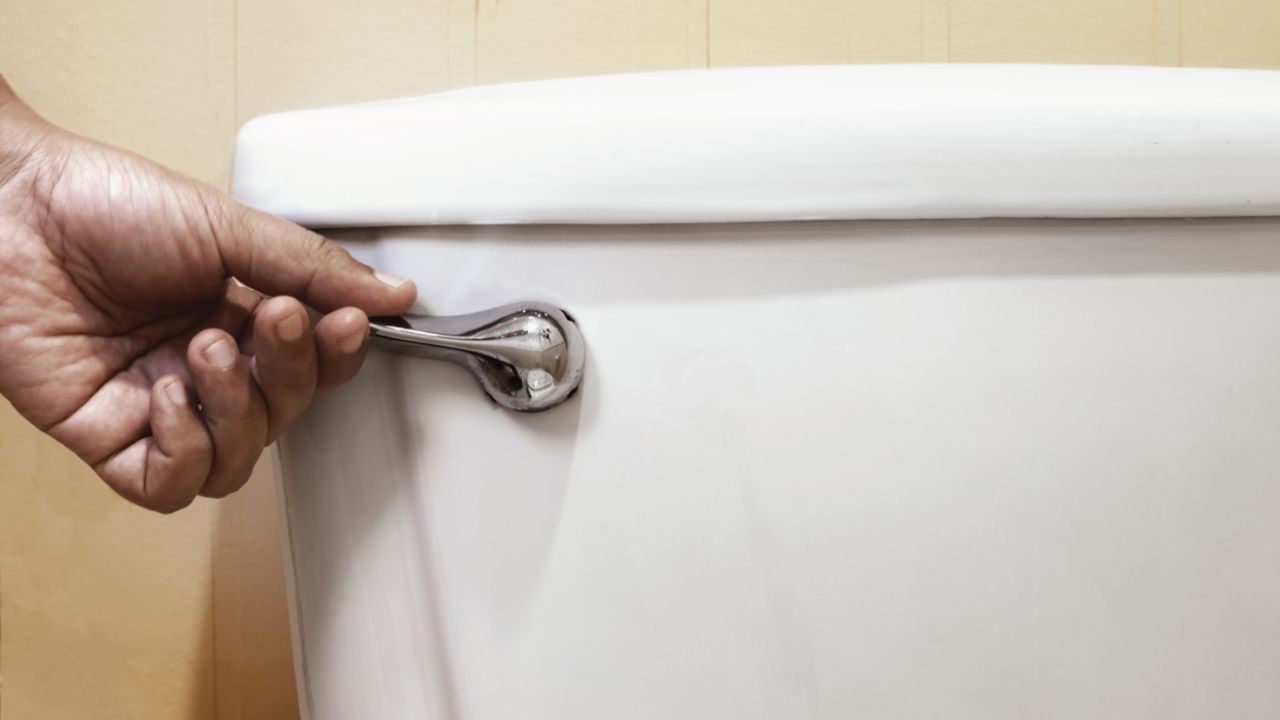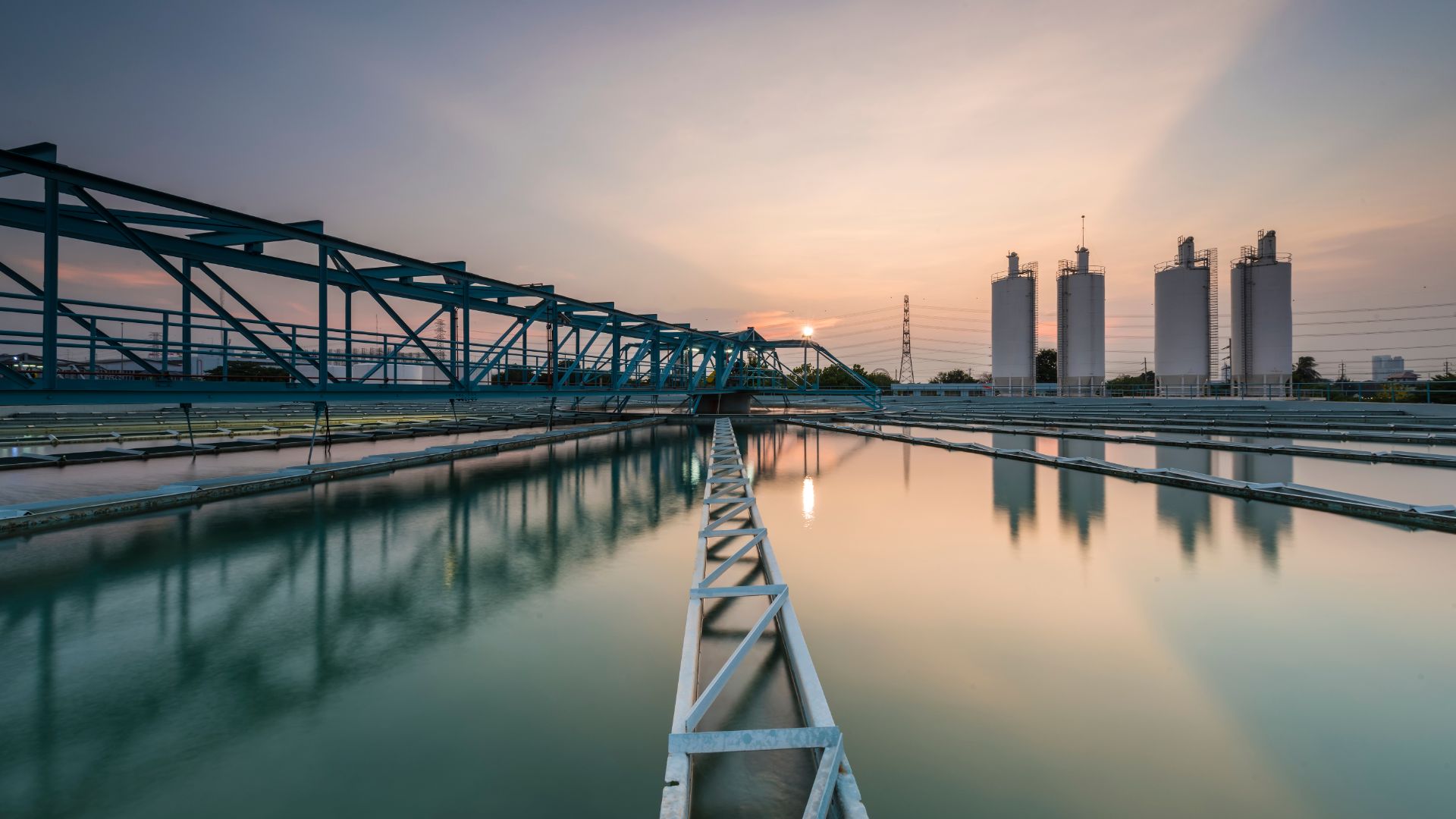What Happens When You Flush the Toilet?
Posted By: Janine Ketterer
Pushing or pulling the lever on the toilet comes with a lot of expectation. You perform this action, wash your hands, and leave the bathroom without a second thought. However, activating that lever puts into motion an entire chain of precise events that some say eventually leads back to the ocean…eventually. It’s rare that one pauses to contemplate the intricacies of the flushing process. Tracing the wastewater journey from your toilet to its ultimate endpoint involves 10 phases, as outlined below.
Phase 1 | Initiating the Flush
Your toilet is linked to a water supply. When you initiate a flush, a valve is lifted, allowing the water from the toilet tank to drain into the bowl. At the same time, some toilets feature a dual-flush option employing two distinct buttons to release varying amounts of water. Regardless of the toilet's design, water is utilized, aided by pressure and gravity, to push any contents in the bowl downward into the toilet trap. This comprehensive process typically spans about 15 seconds.
Phase 2 | The Trap
After the flushed wastewater leaves the bowl, it progresses to the toilet trap. This curving pathway within the toilet's base guides the wastewater from the hole to the drainpipe, directing it toward the main drain. Some water remains within this curved trap, preventing sewer gas odors from infiltrating your bathroom.
Phase 3 | Navigating to the Main Drain
As the wastewater continues through your home's plumbing, it traverses a network of branch lines and stack pipes, utilizing gravity and pressure to propel it forward. These stacks and branches constitute an interconnected system of pipes linking your residence to the primary sewer line. The wastewater from your toilet mixes with wastewater from other parts of your home, possibly even neighboring households, and courses through the subterranean sewer system.
Phase 4 | Exiting to the Outdoors
While the most prevalent destination for wastewater is a water sewage treatment plant, not all waste follows this path. However, it necessitates treatment and conversion into clean water before being released into the environment or repurposed. In cases where a septic tank is used, the wastewater enters the tank, where biological filters take charge before the liquid is gradually absorbed into the soil. Septic systems are commonly employed by households situated too far from municipal treatment facilities.

Phase 5 | Odor Management
A distinctive characteristic of wastewater is its odor. These potent and unpleasant smells are mitigated before treatment. At most municipal centers, large silo-like structures called bio-towers purify the foul air from the sewers. Additionally, deodorizing misting systems are another method to regulate the sewage's malodor.
Phase 6 | Screening and Filtration
Wastewater passes through screens and filters to facilitate filtration at this stage. Large solids are isolated from the sewage. These objects can potentially obstruct the pipes within your home's sewer lines. They could jam the equipment at the treatment facility if they pass through. With the elimination of larger solids, the wastewater is directed into expansive circular settlement tanks. Within these tanks, smaller leftover solids settle at the tank's base over a period, comparable to the process employed in a septic tank setup. This material is known as sludge. Scraper mechanisms are positioned at the tank's base, guiding the sludge toward the center for subsequent removal and treatment. Once devoid of sludge, the wastewater proceeds to a secondary treatment tank.
Phase 7 | Releasing Gases
Now, in rectangular tanks, the water is agitated, promoting the release of gases into the atmosphere. Additionally, air is introduced into the tank to establish an optimal environment for bacteria to break down small organic materials that might have passed through the primary treatment.
Phase 8 | Extraction of Sludge
Any residual substances settled at the tank's bottom are now extracted. This process takes place within a settlement chamber equipped with scrapers to streamline the collection of sludge for treatment. By this point, minimal to no sludge, chemicals, or hazardous substances remain. Further filtration is applied to the partially treated sewage, directing it through sand beds to eliminate any lingering odors and iron, bacteria, and other solid materials that might persist.
Phase 9 | Thermal Breakdown
The accumulated sludge, amassed over the preceding phases, now undergoes a heating process designed to disintegrate it into methane gas and nutrient-rich biosolids.
Phase 10 | Disinfection and Release
The final step involves introducing chlorine into the water to eliminate bacteria and render it suitable for reuse. Typically, regulations dictate that the treated water, known as effluents, be repurposed for irrigation or applied to agricultural land.
And now your toilet water has successfully traversed the entire treatment regimen and is gradually discharged into a nearby body of water, possibly a river or stream – which eventually makes its way to the ocean – now impeccably clean and pure.
In the event that steps one (1) to four (4) of this process cause you and issues, Zoom Drain is here to help. We have an intrinsic understanding of the drain and sewer systems and the steps within this process stop, we will find out why and help fix it.
Contact Zoom Drain today.